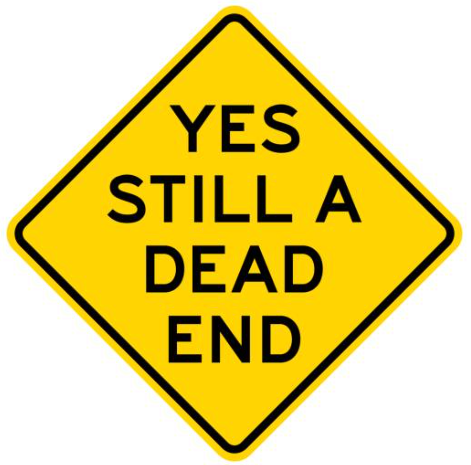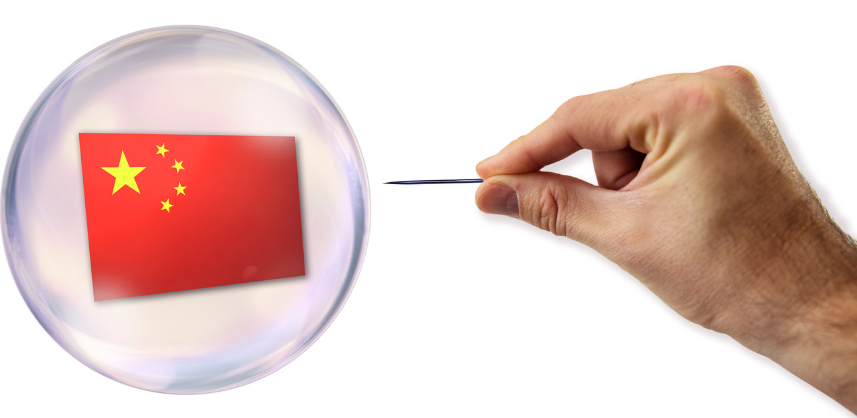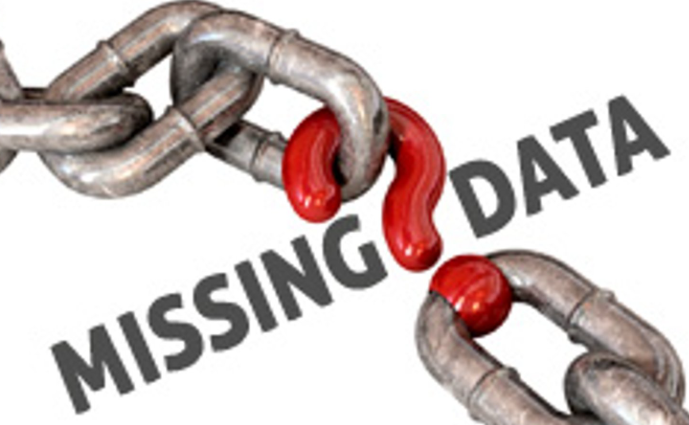Horsehead Holdings (ZINC) has risen 100% over the past two weeks from a spike up in zinc prices, which has created a ripe shorting opportunity.
If zinc prices don’t rise soon, Horsehead can go bankrupt in two years. Its zinc hedge expires after 2015.
Horsehead has had perpetual problems getting its biggest plant, Mooresboro, to half capacity. Its latest update on 10/1/15 wasn’t good.
Horsehead is in dire need of cash but can’t issue new debt, because its 2017 convertible bonds currently have a yield-to-maturity of 35%, way too high. Issuing equity will also be very hard in such an unfavorable commodities sector.
We agree with Goldman Sachs that the Glencore production cuts are “not a reason to get bullish” on zinc, and zinc will give back its recent gains on the Glencore news.
On 10/2/15, Oppenheimer downgraded Horsehead Holdings (ZINC) and it fell about 16% to end the day at $2.45. The next day zinc and other metals started rallying, and ZINC started a 100%+ four day run-up. Zinc prices rose 10% in that time period. For Horsehead to ever become profitable, it needs zinc prices to rise up substantially. However, even if zinc prices rise for some reason, it’s equally important for the company to get its Mooresboro plant in order. We think that Horsehead will fail to get Mooresboro up to 50% capacity, and zinc prices will continue to decline.
The Mooresboro Plant’s Continuous Problems
Horsehead management has continually underestimated its problems at its Mooresboro plant. This plant is Horsehead’s biggest and most important and its success or failure will make or break the company. From their initial estimates last year to get the plant at full capacity, management is 25% over budget so far and more than a year behind schedule. There’s a real possibility that Mooresboro will never reach the cash flow breakeven point of 50%-60% capacity and Horsehead will have to shut it down. This could cause Horsehead to go bankrupt in less than two years, which is why the 2017 convertible bonds are currently offering a 35% yield to maturity.
On 10/1/15, Horsehead reported an update on its Mooresboro plant, and it’s a chaotic mess. Mooresboro’s production was only 3,000 tons of zinc for September which is far from approaching 50% capacity. 3,000 tons per month only comes out to about 40,000 tons per year whereas 50% capacity at Mooresboro is about 75,000 tons per year.
Horsehead’s management was highly optimistic of the plant on its Q214 earnings call on 8/6/14. Management said:
“Mooresboro has restarted and we are continuing the ramp-up process. We expect to continue ramping up zinc production to our full operating capacity of 155,000 tons per year through the remainder of this year.”
“We continue to expect the ramp up to full production to be completed near the end of the year.”
“Once we get above 50% to 60% capacity utilization, we should be cash flow positive out of Mooresboro.”
From the above quotes, management thought it would only take four months to get Mooresboro to full capacity. Now, let’s take a look over a year later, at what Horsehead’s CEO, Jim Hensler, says need to be fixed at the plant. From the 10/1/15 update:
“In addition to the upgrades to the control systems completed in September which we believe should improve plant reliability going forward we also upgraded another of the problematic pumps during the month. During the fourth quarter we expect to connect the previously installed bypass around the first SX settler to allow solids removal from that settler, modify the design of the mixer tanks on the settlers to remove a potential bottleneck, upgrade components in the hydrochloric acid recovery circuit to improve corrosion resistance, upgrade the Waelz oxide delivery system to the leaching process to minimize further plugging issues and improve process control of the circuit, further upgrade the control system in bleed treatment and complete the first phase of an upgrade to the acid distribution system. However, we cannot guarantee that these improvements will be finally completed during the fourth quarter, or fully address the operational challenges we have faced, or that additional challenges might not arise.”
Wow, so many problems and need for upgrades, we believe it’s unlikely the plant will achieve 50% capacity even next year, or if it even is possible. Even if everything goes to plan with all of the projects mentioned in the above update, they are only slight improvements to the current situation. And that last sentence: “However, we cannot guarantee that these improvements will be finally completed during the fourth quarter, or fully address the operational challenges we have faced, or that additional challenges might not arise” is new language by the company. Management has always spoken optimistically before in its earnings calls and updates that they will get their problems solved soon. But now they are starting to sound pessimistic after all the issues and failures they’ve encountered at Mooresboro.
The Recent Zinc Rally Is Likely Temporary
Zinc rallied mainly because on 10/9/15 Glencore, the world’s biggest miner and trader of zinc, announced that it’s cutting back its zinc production by a third. An article from Barron’s quoted Goldman Sach’s analyst Eugene King that Glencore’s decision to shut down mines is: “a reaction to reality, not a reason to get bullish.” We agree with Goldman. The macro factors that are causing a declining demand for zinc, such as a slowdown in China, will continue. The Barron’s article states that Goldman forecasts zinc prices will continue falling into 2016, and only start to recover in 2017. Furthermore, yesterday’s news that Wal-mart is having revenue and profitability issues could directly be related to a China slowdown.
The following is a chart showing zinc prices are starting to decline after the recent pop:
If zinc prices fall into 2016, it’s especially bad for Horsehead. The company is hedged on more than half of its expected 2H15 zinc shipments at $1.07/lb, but is unhedged thereafter. Zinc is currently priced a little above $0.80/lb. Without a gigantic rally in zinc, Horsehead is on track to have bigger losses in 2016 when it’s not hedging.
Nickel, another metal that Horsehead sells, is also still on the decline per this chart:
Horsehead’s Convertible Bond Yield-To-Maturity Is Sky High
The company estimates it will take about $50 million more to solve its current Mooresboro problems. Horsehead doesn’t have this much liquidity, and will need to raise money. Horsehead has $100M of outstanding convertible bonds expiring on 7/1/17 which have a current yield to maturity of 35%. The latest price of the bonds was $61.90. Here’s how the bonds have been trading:
Horsehead won’t be able to issue more bonds, the yield is too high. Instead, the company will likely take advantage of its current pop in share price and issue equity, if it can in this environment.
With $51M in cash on 6/30/15, and negative cash flow of $30M-$40M per quarter, Horsehead is experiencing a cash crunch. CRT Capital, which has researched Horsehead extensively, stated in a report on 9/24/15:
“We expect that the Company will, unless zinc prices recover, seek at least $50 million of additional capital in late 2015 or early 2016.”
In another report on Horsehead on 9/28/15 CRT said:
“our enthusiasm for the Company’s Common Shares is tempered by the potential for a dilutive capital raise.”
Conclusion
With a continued slowdown in China and the world’s economy, we expect downward pressure to continue on zinc prices. This will make Horsehead experience bigger losses and cash burn. From the 10/1/15 Mooresboro plant update, new problems are appearing, and the old ones aren’t getting solved. We believe there’s a good chance the company could even go bankrupt within the next couple years, and it’s certainly a good opportunity to fade its recent rally back to the $3s per share.








